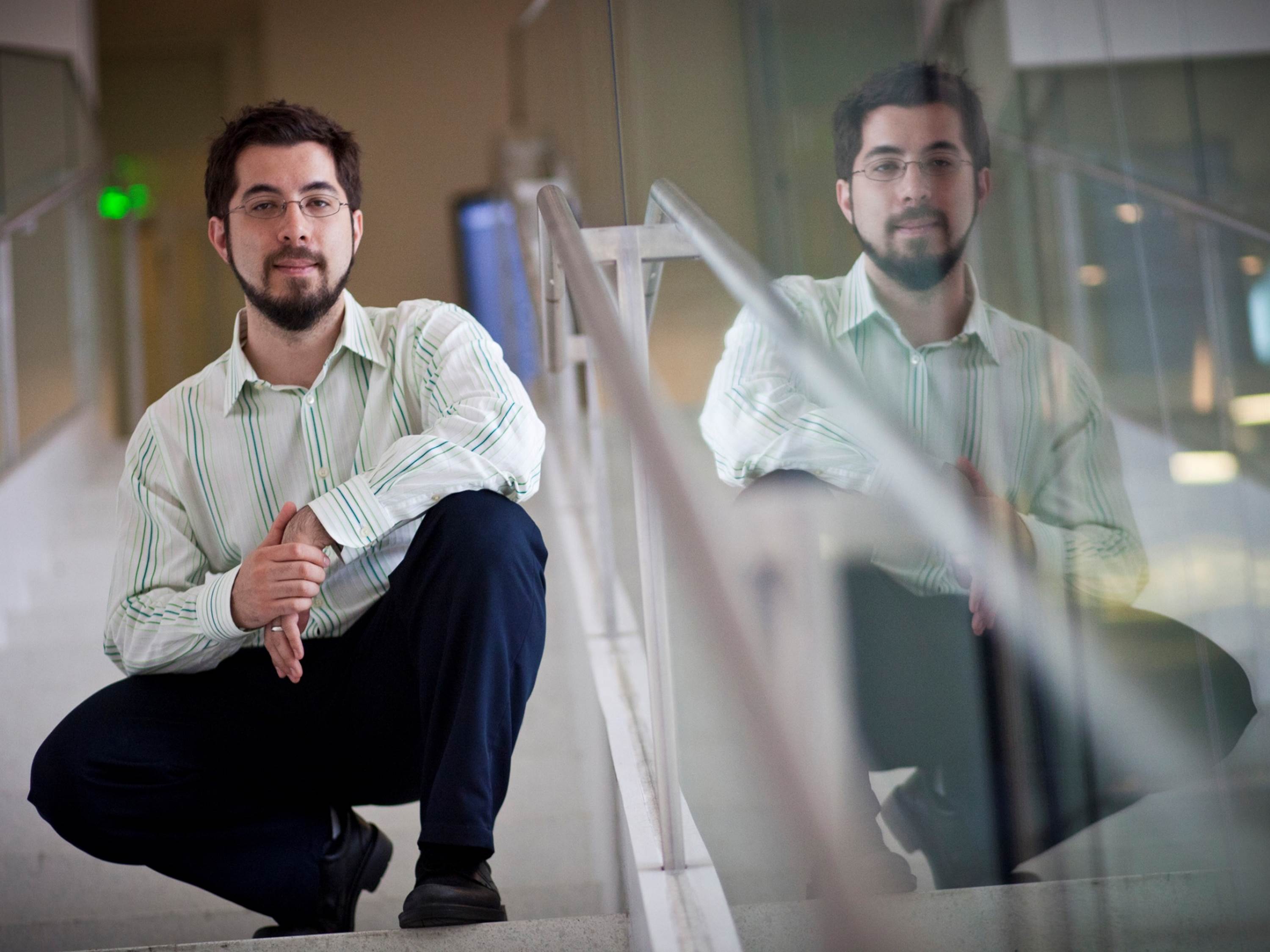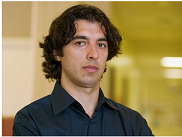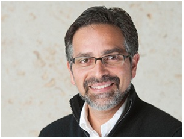Scientific and health breakthroughs are heralded in the press almost every day. You often can trace them back—directly or indirectly—to one or more NIH peer review groups that found promise in an application. To illustrate the point, we share the following stories:
 |
Geneticist Advances Schizophrenia Research: the Power of Peer Review Breast cancer researcher and Lasker Award winner Dr. Mary-Claire King encountered challenges several years ago when she wanted to expand the scope of her research to study schizophrenia, a disease that affects about one in 100 people worldwide. ...More |
 |
The Power of Peer Review: New Treatment Targets “Persister” Cells in Chronic Infection Lethal outbreaks of antibiotic-resistant, “flesh-eating” bacteria such as MRSA can be frightening, but there is some good news. In our September Power of Peer Review article, we feature a successful NIH applicant whose team is identifying new antibiotics using novel technology....More |
 |
The Invention of Expansion Microscopy, a Diaper Compound, and the Power of Peer Review Scientists can’t break the laws of physics. This was a problem Dr. Edward Boyden faced at the Massachusetts Institute of Technology. The best light microscopes cannot bring key molecular structures into focus without losing track of the larger cellular context. Boyden’s lab worked around the laws of physics by using a compound used in making diapers....More |
 |
Researcher Breaking New Ground in Aging and Cancer Research Still Finds Time to Review Since the 1930s, scientists knew that calorie restriction could extend lifespans. But it is only in recent years that the tools were available to discover how this happens. In 2002, a new investigator at the University of Southern California—Davis School of Gerontology, Dr. Valter Longo, submitted an R01 application to study the mechanisms of longevity regulation in yeast. He proposed to elucidate the molecular pathways that “promote reproduction in response to....More |
 |
Reviewer’s Story Illustrates How Peer Reviewed Science Powers U.S Science and Health Dr. Alejandro Sánchez Alvarado didn’t have high expectations in 1997 when he submitted his first NIH application for independent research at the Carnegie Institution of Washington. “I was trying to develop a model system that -- if not forgotten -- was at least the laughing stock of the scientific establishment,” said Dr. Sánchez Alvarado. He wanted to study regeneration in the flatworm (planaria). About the only individuals studying flatworms at the time were kids who watched them regenerate themselves from tissue bits in biology class....More |

